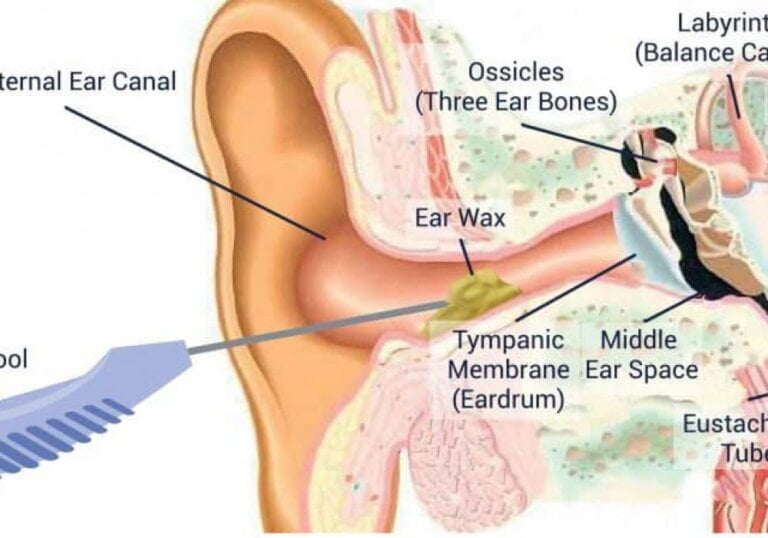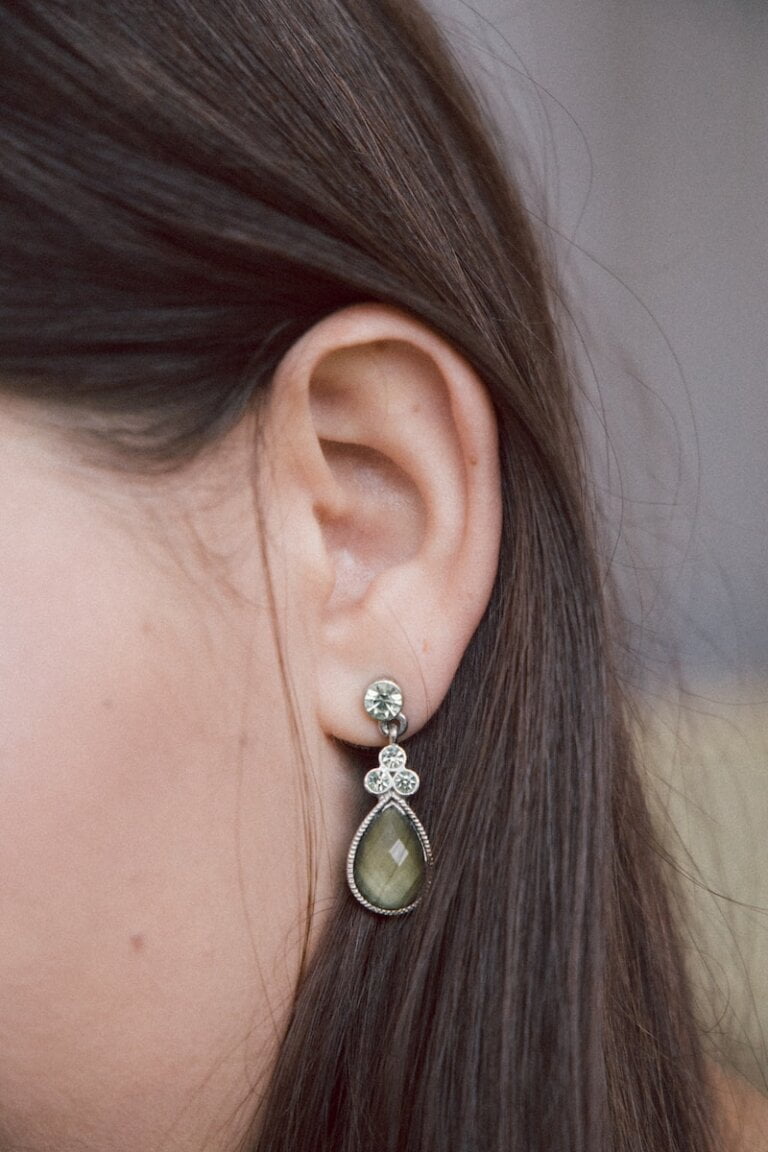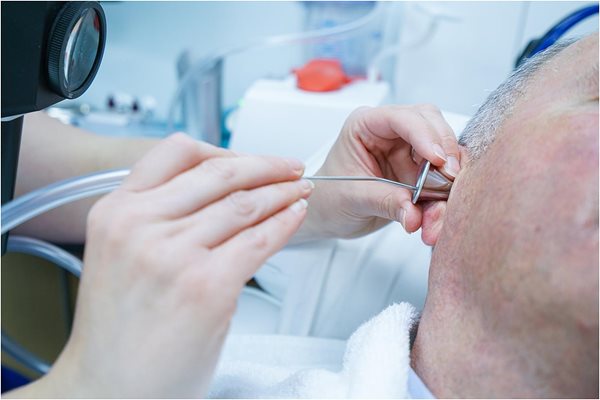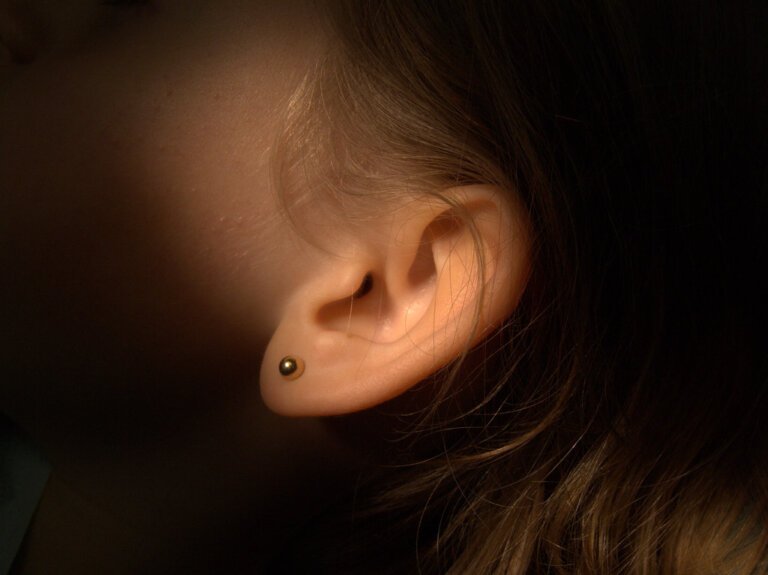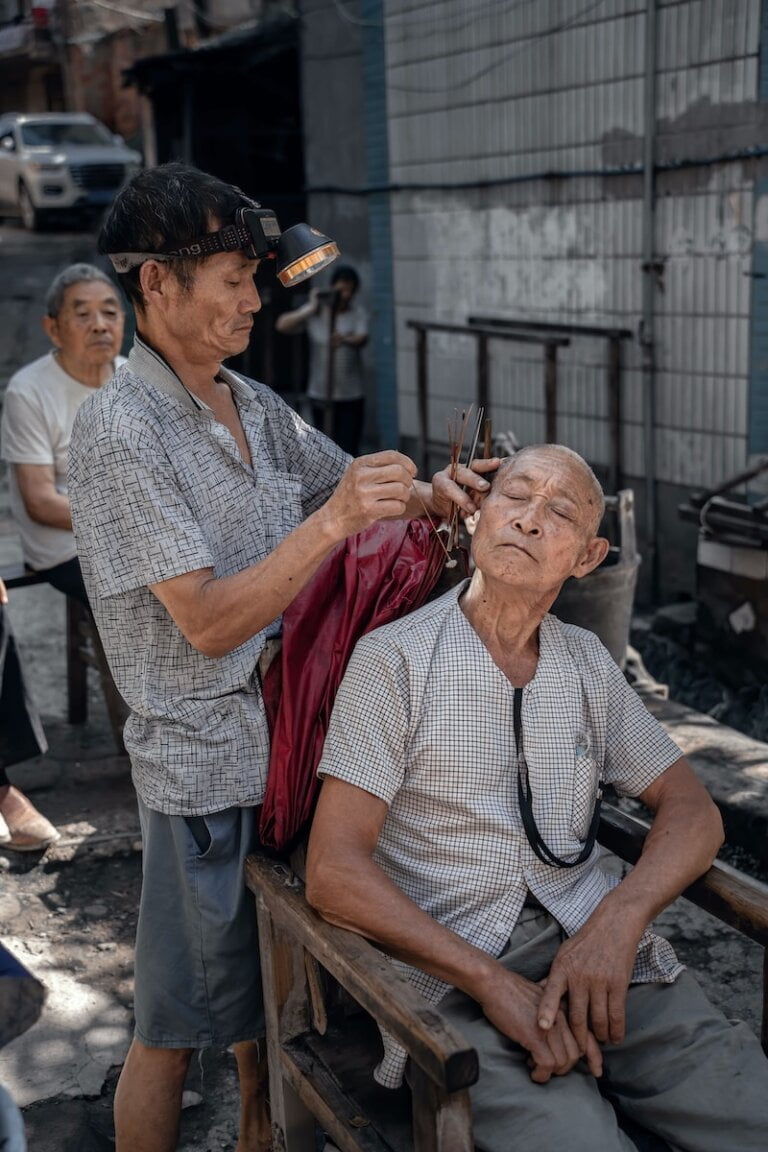What to Expect during Ear Wax Removal: A Comprehensive Guide
Ear wax, also known as cerumen, is a natural substance produced by the glands in the ear canal. It plays a crucial role in protecting the ear by trapping dust, debris, and harmful microorganisms. However, when excessive ear wax builds up, it can lead to various symptoms like hearing loss, earache, tinnitus, and dizziness. In such cases, ear wax removal becomes necessary to alleviate these symptoms and restore normal hearing.
Understanding Ear Wax Removal
Ear wax removal, involves the use of specialised tools by a healthcare professional to remove excessive ear wax. This procedure is often recommended when other methods, such as ear drops, have failed to effectively remove the blockage.
It is crucial to visit a qualified healthcare professional, such as an ENT specialist or an audiologist, for ear wax removal. They possess the necessary expertise and equipment to perform the procedure safely and effectively. All ear wax removal procedures with Hearing First are performed by qualified, experienced Audiologists.
When you visit a healthcare professional for ear wax removal you can expect a thorough consultation. The professional will conduct a visual examination under magnification or use a specialised instrument called an otoscope to assess the extent of the ear wax blockage. They may also inquire about your medical history and any previous ear-related issues to determine the best approach for ear wax removal treatment.
The healthcare professional will explain the risks and benefits associated with ear wax removal before proceeding with the procedure. This is known as obtaining informed consent. During this discussion, they will address any concerns or questions you may have, ensuring that you are fully informed about the procedure.
Step-by-Step Guide to Ear Wax Removal
- Preparation: The healthcare professional will first assess your ear condition through visual examination under magnification or using an otoscope. They may also inquire about your medical history and any previous ear-related issues. This initial evaluation helps in determining the best approach for ear wax removal and identify any conditions that may require onward referral for medical investigation.
During the preparation phase, the healthcare professional will gather necessary information about your ear condition. They may ask about any previous ear surgeries, injuries, or infections. It is important to provide accurate information to ensure a safe and effective procedure.
- Informed Consent: Before proceeding with the procedure, the healthcare professional will explain the risks and benefits associated with ear wax removal. They will address any concerns or questions you may have and obtain your informed consent.
Obtaining informed consent is a critical part of the procedure. It ensures that you have a clear understanding of the potential risks and benefits involved. If you have any doubts or questions, do not hesitate to discuss them with the healthcare professional.
- Positioning: You will be asked to sit comfortably in an examination chair or lie down on an examination bed. The healthcare professional may use a headrest or adjust the position of the chair/bed to ensure optimal access to your ear.
Proper positioning is essential to provide the healthcare professional with easy access to your ear. They will make sure that you are comfortable throughout the procedure, as any discomfort or movement can affect the accuracy and safety of the ear wax removal.
- Instrument Selection: Depending on the nature and severity of the ear wax blockage, the healthcare professional will choose the most appropriate instruments for the procedure. Commonly used tools include suction devices and manual tools such as Jobson-Horne curettes, St Barts hooks and forceps.
The selection of instruments is based on the specific characteristics of the ear wax blockage. The healthcare professional will choose the instruments that allow for safe and effective removal without causing harm to the delicate structures of the ear.
- Visualization: The otoscope will be used again to visualise your ear canal and the extent of the ear wax blockage. This step allows the healthcare professional to precisely locate the blockage and plan the removal technique accordingly.
Visualization is crucial to accurately identify the location and size of the ear wax blockage. It helps the healthcare professional determine the most appropriate approach and instruments to use during the procedure.
- Moistening the Ear Canal: To facilitate the ear wax removal process, the healthcare professional may apply a few drops of an oil-based solution to soften the ear wax. This helps in loosening the wax, making it easier to remove. At Hearing First we use Earol olive oil spray.
Moistening the ear canal is an important step to ensure the safe and effective removal of the ear wax. The solution used helps to soften the wax, allowing for easier manipulation and reducing the risk of causing discomfort or injury.
- Gentle Manipulation: Using the selected instruments, the healthcare professional will gently manoeuvre them inside your ear canal to remove the softened ear wax. They will employ a cautious and steady technique to avoid causing any harm to the delicate structures of the ear.
During this step, the healthcare professional will use the chosen instruments to carefully remove the softened ear wax. They will apply gentle pressure and steady movements to ensure safe and effective removal while minimising the risk of injury.
- Monitoring and Evaluation: Throughout the procedure, the healthcare professional will monitor your responses and ensure your comfort. They may use a microscope or magnifying loupes to improve visibility and precision during the ear wax removal process.
Monitoring and evaluation are essential to ensure the effectiveness of the procedure. The healthcare professional will closely observe your responses, such as any signs of discomfort or pain, to make necessary adjustments and ensure a successful outcome.
- Post-Procedure Care: Once the excess ear wax has been successfully removed, the healthcare professional may recommend applying ear drops or providing additional instructions to maintain ear hygiene and prevent future blockages.
After the ear wax removal, the healthcare professional will provide you with post-procedure care instructions. This may include the use of ear drops to prevent dryness or irritation and recommendations for maintaining good ear hygiene to minimise the risk of future blockages.
Safety Measures and Potential Risks
While manual instrument ear wax removal is generally safe, certain precautions are taken to minimise risks. These include:
- Professionally Trained Personnel: The procedure should only be performed by qualified healthcare professionals who have received appropriate training in ear wax removal techniques. This helps ensure both safety and effectiveness.
It is crucial to seek the help of a qualified healthcare professional, such as an ENT specialist or an audiologist for ear wax removal. Their expertise and training ensure that the procedure is performed safely and effectively.
- Gentle Approach: The healthcare professional will use gentle techniques, avoiding excessive force or aggressive manipulation, to prevent any potential damage to the ear canal or eardrum.
- Proper Instrument Sterilisation: All instruments used during the procedure must be properly sterilised or single use to reduce the risk of infection.
Although rare, there are certain risks associated with ear wax removal. These include:
- Irritation or Injury: Improper technique or excessive force during the procedure can lead to irritation, swelling, or even injury to the ear canal or eardrum.
- Ear Infections: In rare cases, the procedure may introduce bacteria into the ear, increasing the risk of developing an ear infection.
If you experience any unusual symptoms, such as increased pain, bleeding, or hearing loss, following the procedure, it is essential to contact your healthcare professional immediately. Prompt medical attention can help address any complications or concerns that may arise.
Conclusion
Ear wax removal is a safe and effective procedure performed by qualified healthcare professionals to alleviate the symptoms caused by excessive ear wax. By following the step-by-step guide and taking necessary safety measures, you can expect a successful removal of the ear wax blockage and an improvement in your hearing. Remember to consult with a healthcare professional for an accurate diagnosis and to receive the most appropriate treatment for your specific ear condition.


